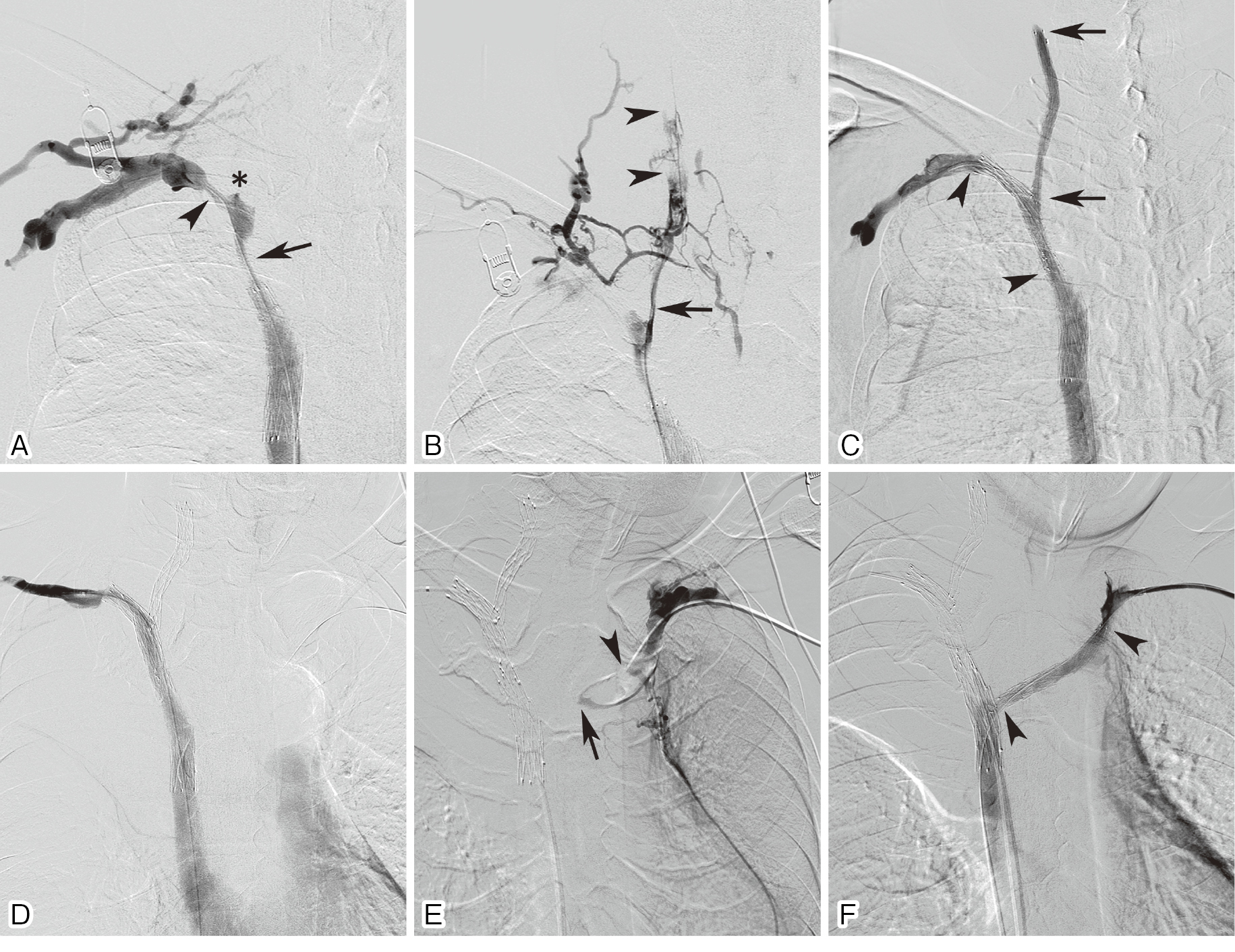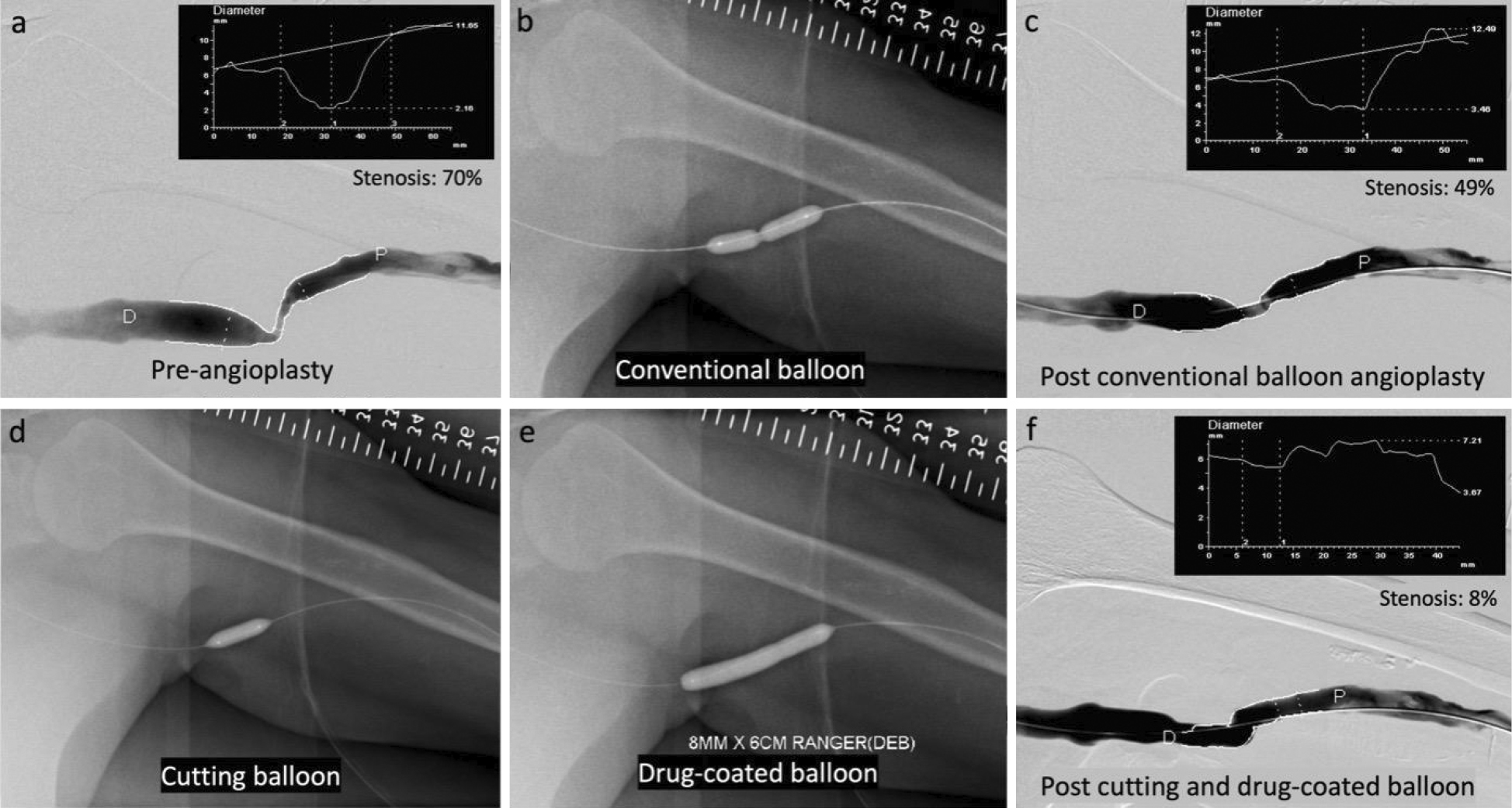Current issue
Displaying 51-71 of 71 articles from this issue
REVIEW
-
Article type: REVIEW
2025Volume 10 Pages e2024-0016
Published: March 28, 2025
Released on J-STAGE: March 28, 2025
Advance online publication: October 04, 2024Download PDF (2143K)
PICTORIAL ESSAY
-
Article type: PICTORIAL ESSAY
2025Volume 10 Pages e2023-0043
Published: March 28, 2025
Released on J-STAGE: March 28, 2025
Advance online publication: November 22, 2024Download PDF (2398K)
ORIGINAL RESEARCH
-
Article type: ORIGINAL RESEARCH
2025Volume 10 Pages e2023-0044
Published: March 28, 2025
Released on J-STAGE: March 28, 2025
Advance online publication: November 22, 2024Download PDF (656K)
CASE REPORT
-
Article type: CASE REPORT
2025Volume 10 Pages e2024-0007
Published: March 28, 2025
Released on J-STAGE: March 28, 2025
Advance online publication: November 22, 2024Download PDF (1280K) -
Article type: CASE REPORT
2025Volume 10 Pages e2024-0020
Published: March 28, 2025
Released on J-STAGE: March 28, 2025
Advance online publication: November 22, 2024Download PDF (888K)
REVIEW
-
Article type: REVIEW
2025Volume 10 Pages e2023-0035
Published: March 28, 2025
Released on J-STAGE: March 28, 2025
Advance online publication: December 13, 2024Download PDF (1462K) -
Article type: REVIEW
2025Volume 10 Pages e2024-0013
Published: March 28, 2025
Released on J-STAGE: March 28, 2025
Advance online publication: December 13, 2024Download PDF (2356K)
CASE REPORT
-
Article type: CASE REPORT
2025Volume 10 Pages e2024-0002
Published: March 28, 2025
Released on J-STAGE: March 28, 2025
Advance online publication: December 13, 2024Download PDF (660K)
REVIEW
-
Article type: REVIEW
2025Volume 10 Pages e2024-0018
Published: March 28, 2025
Released on J-STAGE: March 28, 2025
Advance online publication: December 13, 2024Download PDF (1684K)
CASE REPORT
-
Article type: CASE REPORT
2025Volume 10 Pages e2023-0025
Published: March 28, 2025
Released on J-STAGE: March 28, 2025
Advance online publication: December 13, 2024Download PDF (1278K)
ORIGINAL RESEARCH
-
Article type: ORIGINAL RESEARCH
2025Volume 10 Pages e2024-0030
Published: March 28, 2025
Released on J-STAGE: March 28, 2025
Advance online publication: December 13, 2024Download PDF (597K)
REVIEW
-
Article type: REVIEW
2025Volume 10 Pages e2024-0012
Published: March 28, 2025
Released on J-STAGE: March 28, 2025
Advance online publication: December 24, 2024Download PDF (364K)
TECHNICAL NOTE
-
Article type: TECHNICAL NOTE
2025Volume 10 Pages e2024-0011
Published: March 28, 2025
Released on J-STAGE: March 28, 2025
Advance online publication: December 24, 2024Download PDF (763K)
CASE REPORT
-
Article type: CASE REPORT
2025Volume 10 Pages e2024-0009
Published: March 28, 2025
Released on J-STAGE: March 28, 2025
Advance online publication: January 28, 2025Download PDF (1029K) -
Article type: CASE REPORT
2025Volume 10 Pages e2024-0033
Published: March 28, 2025
Released on J-STAGE: March 28, 2025
Advance online publication: January 28, 2025Download PDF (568K)
REVIEW
-
Article type: REVIEW
2025Volume 10 Pages e2023-0039
Published: March 28, 2025
Released on J-STAGE: March 28, 2025
Advance online publication: February 07, 2025Download PDF (977K)
ORIGINAL RESEARCH
-
Article type: ORIGINAL RESEARCH
2025Volume 10 Pages e2024-0015
Published: March 28, 2025
Released on J-STAGE: March 28, 2025
Advance online publication: February 07, 2025Download PDF (379K)
REVIEW
-
Article type: REVIEW
2025Volume 10 Pages e2024-0043
Published: March 28, 2025
Released on J-STAGE: March 28, 2025
Advance online publication: February 07, 2025Download PDF (1124K)
ORIGINAL RESEARCH
-
Article type: ORIGINAL RESEARCH
2025Volume 10 Pages e2023-0048
Published: March 28, 2025
Released on J-STAGE: March 28, 2025
Download PDF (365K)
CASE REPORT
-
Article type: CASE REPORT
2025Volume 10 Pages e2024-0005
Published: March 28, 2025
Released on J-STAGE: March 28, 2025
Download PDF (685K)
ORIGINAL RESEARCH
-
Article type: ORIGINAL RESEARCH
2025Volume 10 Pages e2024-0026
Published: March 28, 2025
Released on J-STAGE: March 28, 2025
Download PDF (979K)






















